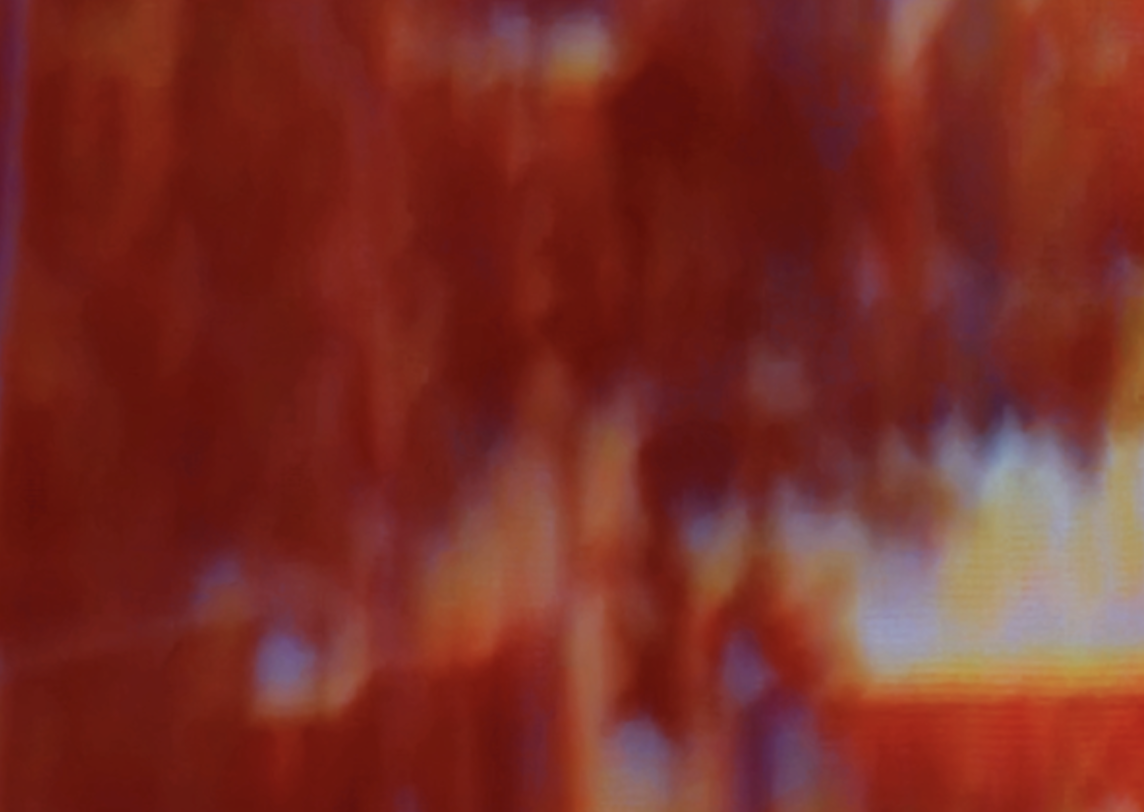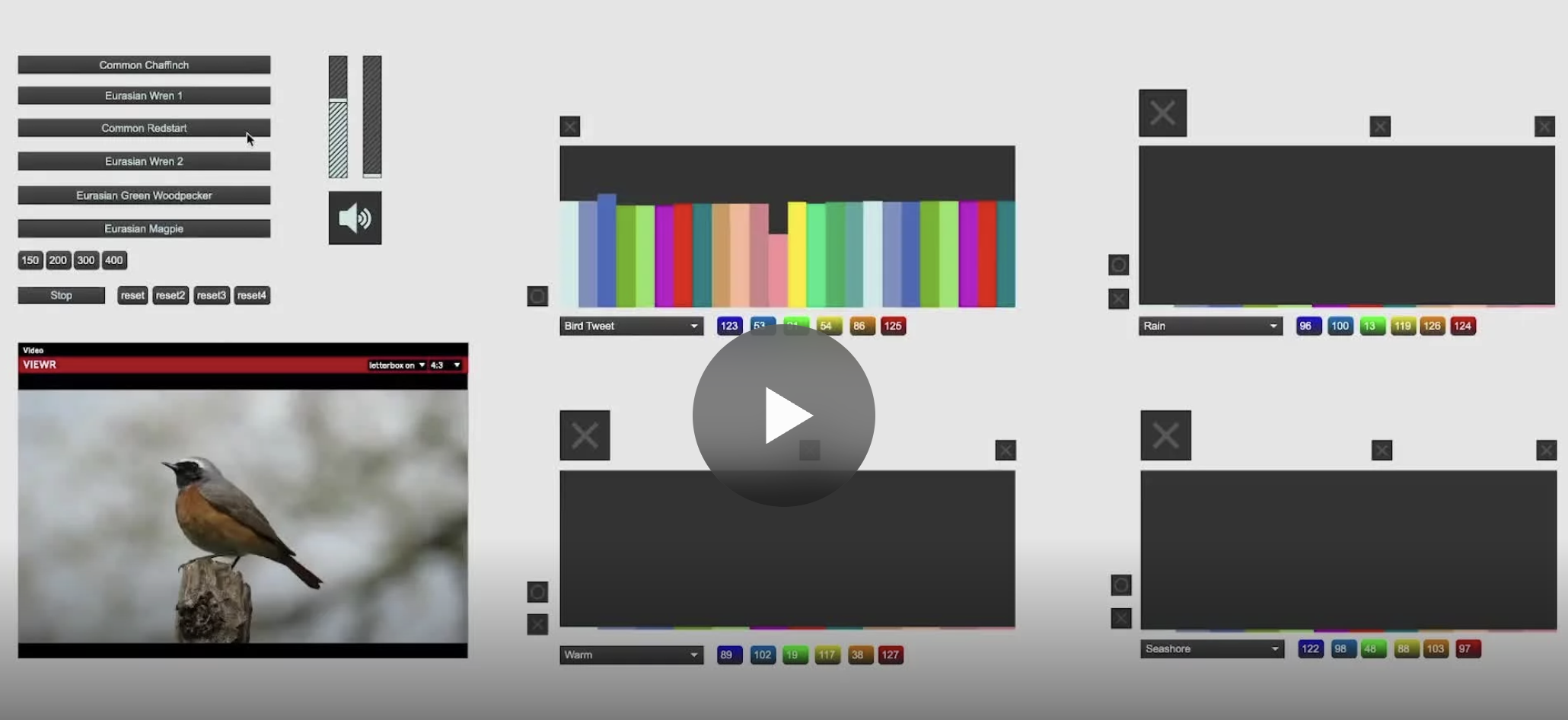
“ATMOSPHERES OF VIOLENCE”
Volume Three, Issue One, 2025
Cover illustration by Annie Turner
VOLUME #3, ISSUE #1 “Atmospheres of Violence”
Created in collaboration with Toby Wu of Harvard University, Department of Visual Studies and with our poetry editors Carmine Marrow and Nuno Marques
This special issue raises questions such as: What perceptual, critical, and creative modes are required to not only apprehend atmospheric violence but to address it? Which practices might help to stall or stop its reproduction and repetition? How does one temporally order the emergence of an Atmosphere of Violence, and how can we think, feel, write, and make, as we perceive these atmospheres to be un-subsiding?

“Atmospheres of Violence”
Bibliography
Compiled by Leif Turner and Ahna Kim
Ecologies of Vulnerability:
Albano, Caterina. 2022. Out of Breath: Vulnerability of Air in Contemporary Art. University of Minnesota Press.
Braun, Lundy. 2021. Breathing Race Into the Machine: The Surprising Career of the Spirometer from Plantation to Genetics. University of Minnesota Press.
Choy, Timothy K. 2011. Ecologies of Comparison: An Ethnography of Endangerment in Hong Kong. Durham and London: Duke University Press.
Hsu, Hsuan L. 2020. The Smell of Risk: Environmental Disparities and Olfactory Aesthetics. New York University Press.
Oliveira Gabriel, et al. 2020. “Smoke Pollution’s Impacts in Amazonia.” Science (American Association for the Advancement of Science) 369:6504: 634–635.
Simmons, Kristen. 2017. “Settler Atmospherics.” Society for Cultural Anthropology Member Voices, Fieldsights, November 20. Available at: https://culanth.org/fieldsights/settler-atmospherics. Accessed April 15, 2024.
Theorizing Atmosphere
Abram, D. 1996. The Spell of the Sensuous: perception and language in a more-than-human world. New York, N.Y.: Vintage. (air as lived experience; perception; a phenomenological approach)
Boia, L. and Leverdier, R. 2005. The Weather in the Imagination. London: Reaktion. (weather and anxieties about weather; atmosphere in the actual as well as metaphorical senses)
Chen, M.Y. 2023. Review of E.A. Stanely, Atmospheres of Violence. [Online]. https://www.societyandspace.org/articles/review-of-atmospheres-of-violence-by-mel-y-chen
Jørgensen, L. and Beyes, T., 2023. Organizing half-things: Knowing, theorizing and studying atmospheres. Organization Theory, 4 (4).
Ogawa, T. and Marinucci, L. 2021. Phenomenology of Wind and Wtmosphere. Sesto San Giovanni (MI): Mimesis International. (Seeing wind and its communicative connectivity through ‘New Phenomenology’: wind/atmosphere as vehicle for corporeal awareness and emotion)
Peters, J.D. 2015. The Carvelous Clouds: Toward a Philosophy of Elemental Media. Chicago: The University of Chicago Press. (natural elements as media; wind, air and atmosphere with consequence; ecocriticism joined with media studies)
Stanley, E.A., 2021. Atmospheres of violence: Structuring antagonism and the trans/queer ungovernable. Duke University Press.
Understanding Fanon, Understanding Violence
Bhabha, H., 2015. “Remembering Fanon: Self, Psyche and the Colonial Condition”. in Colonial Discourse and Post-Colonial Theory. Routledge. Pages 112-123.
DeBoom, M.J., 2022. Climate Coloniality as Atmospheric Violence: From Necropolitics toward Planetary Mutuality”. Political Geography, 99, p.102786.
Dorlin, E. 2016. “To Be Beside Of Oneself: Fanon and the Phenomenology of Our Own Violence.” South as State of Mind: Documenta, 14.2., pages 40-47.
Fanon, F. 1961. Les Damnés de la terre. Maspero.
Marriot, D. 2018. Whither Fanon? Studies in the Blackness of Being. Stanford University Press.
Sekyi-Otu, A. 1996. Fanon’s Dialectic of Experience. Harvard University Press.
Perceiving Historical Atmospheres of Violence
Berlant, L., 2008. “Intuitionists: History and the Affective Event.” American Literary History, 20(4), pp.845-860.
Berlant, L., 2010. Thinking About Feeling Historical. in Political Emotions. Routledge. pp. 243-259
Chakrabarty, D. 2009. “The Climate of History: Four Theses,” Critical Inquiry, 35(2), 197–222.
Hage, R. 2018. “Protecting Identity: Violence and Its Representations in France, 1815–1830,” Contagion: Journal of Violence, Mimesis, and Culture, 25, 49–78.
Irbouh, H. 2013. Art in the Service of Colonialism: French Art Education in Morocco 1912–1956. London: Bloomsbury Publishing.
Mostafanezhad, M. and Dressler, W., 2021. Violent Atmospheres: Political Ecologies of Livelihoods and Crises in Southeast Asia. Geoforum, 124, pp.343-347.
Stewart, K., 2011. Atmospheric attunements. Environment and Planning D: Society and space, 29(3), pp.445-453.
Whyte, K. P. 2016. “Indigenous Experience, Environmental Justice, and Settler Colonialism” in Bannon, B.E. (ed.) Nature and Experience: Phenomenology and the Environment. Maryland: Rowman and Littlefield Publishers, 157–174.
Williams, R. 1977. “Structures of Feeling” in Marxism and Literature. Oxford University Press.









